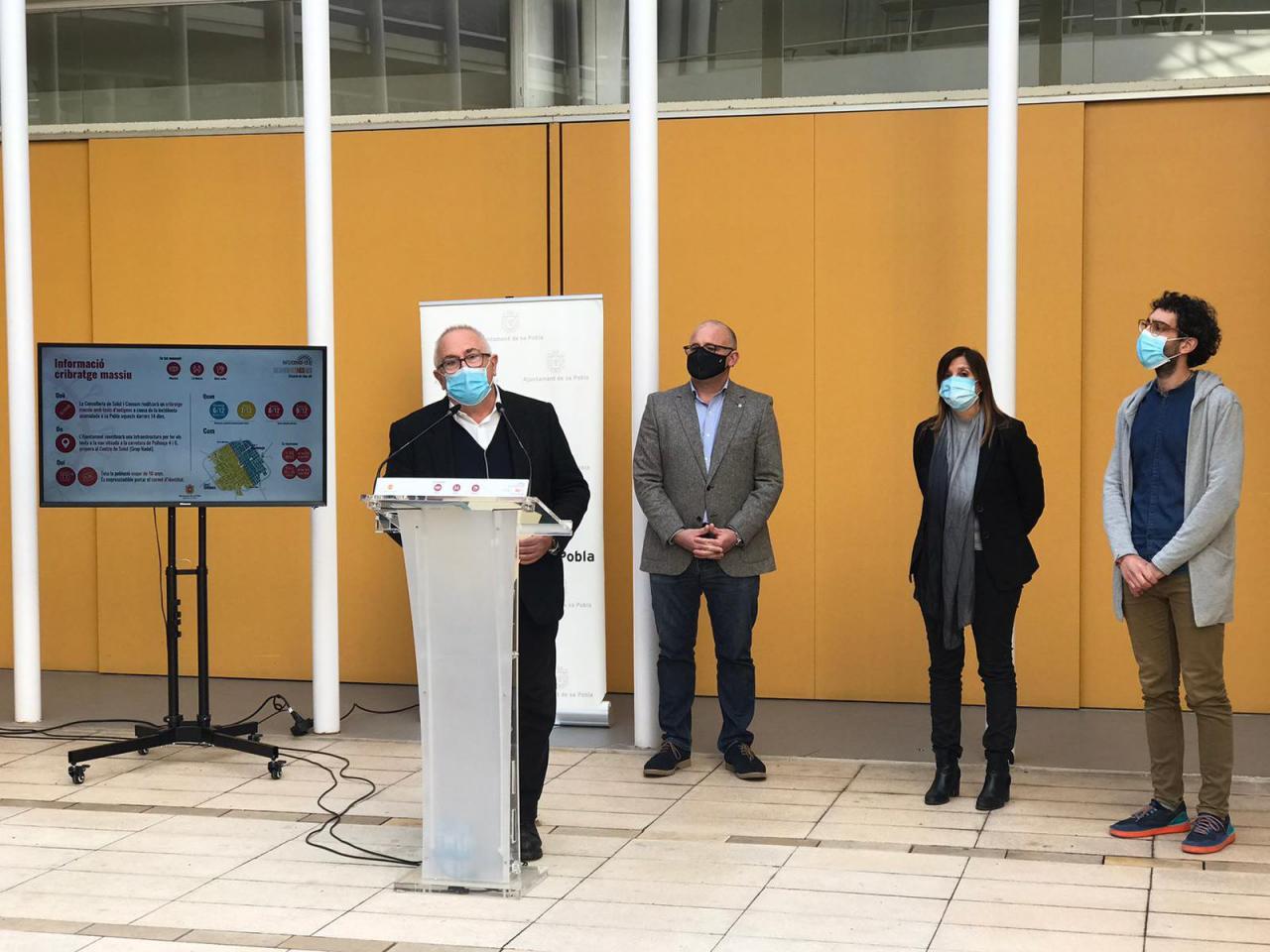Mobility, lockdowns and tardiness
In one respect this closure is of no consequence
Sa Pobla isn’t an administrative and commercial hub like Manacor is. There is less need or reason to go in or out of Sa Pobla. Nevertheless, because of the way in which the number of cases rocketed, was there not a justification in a precautionary sense?


No comments
To be able to write a comment, you have to be registered and logged in
Currently there are no comments.